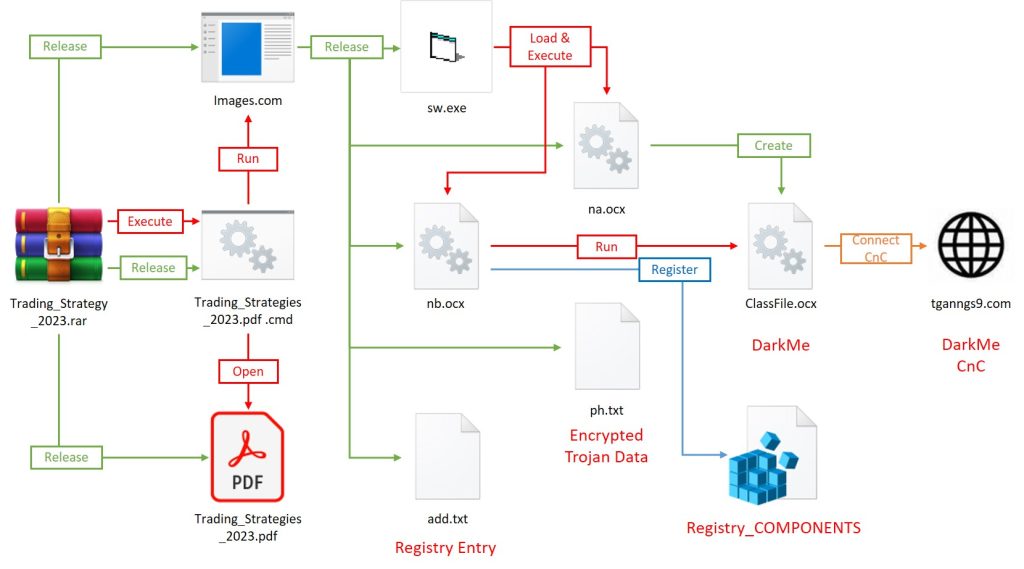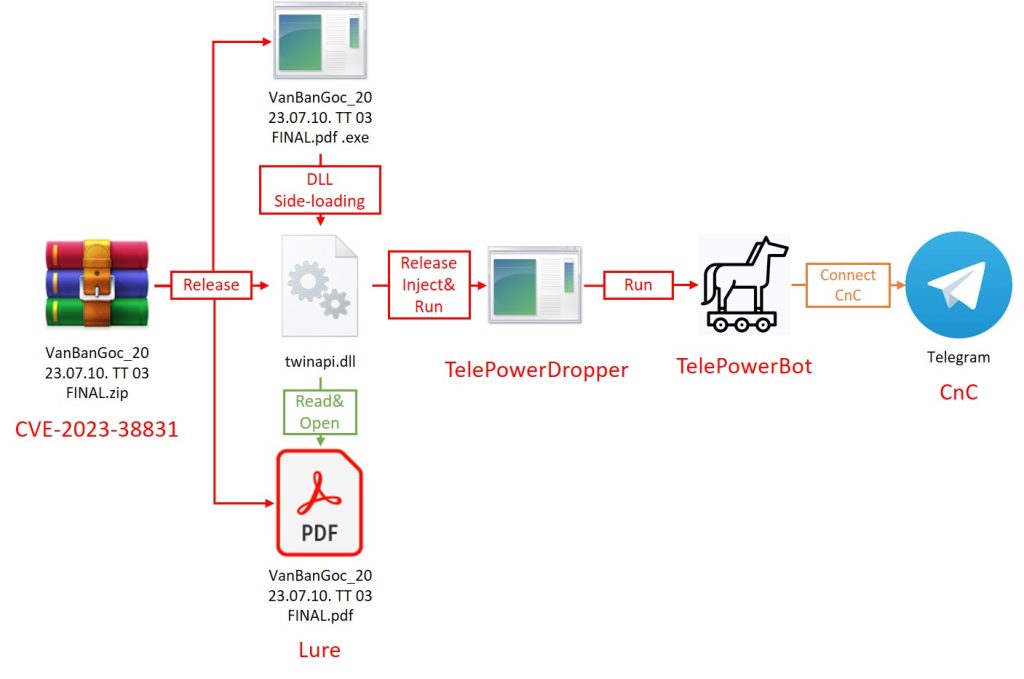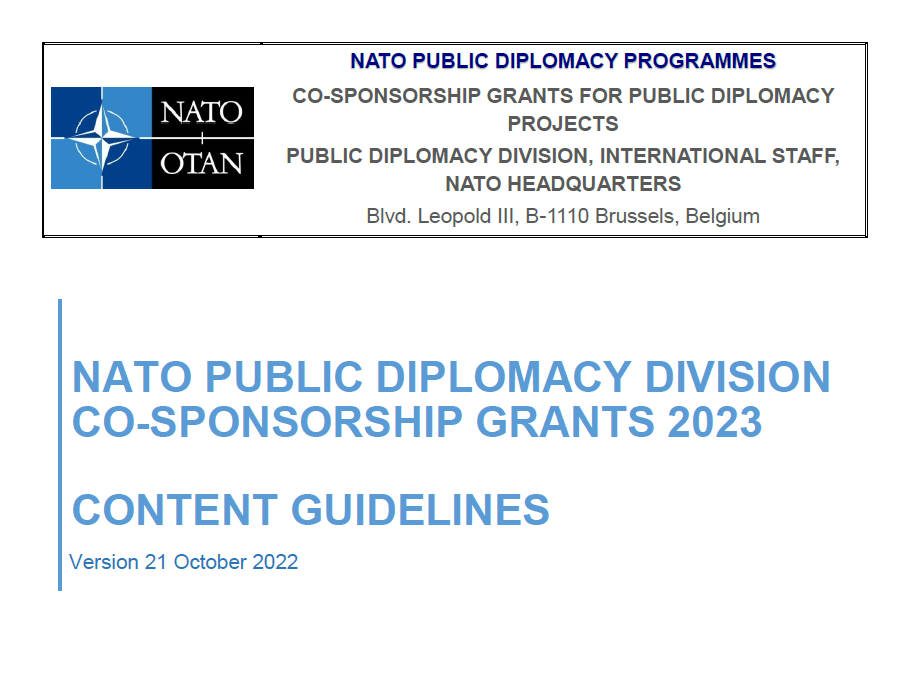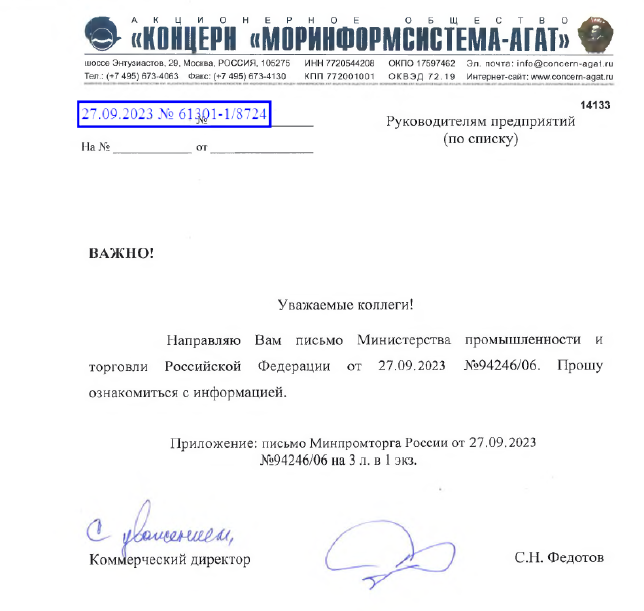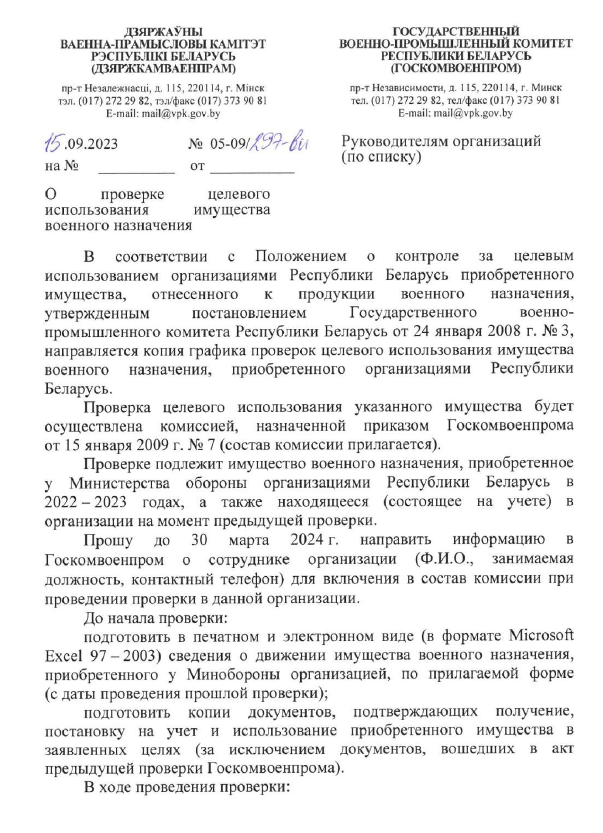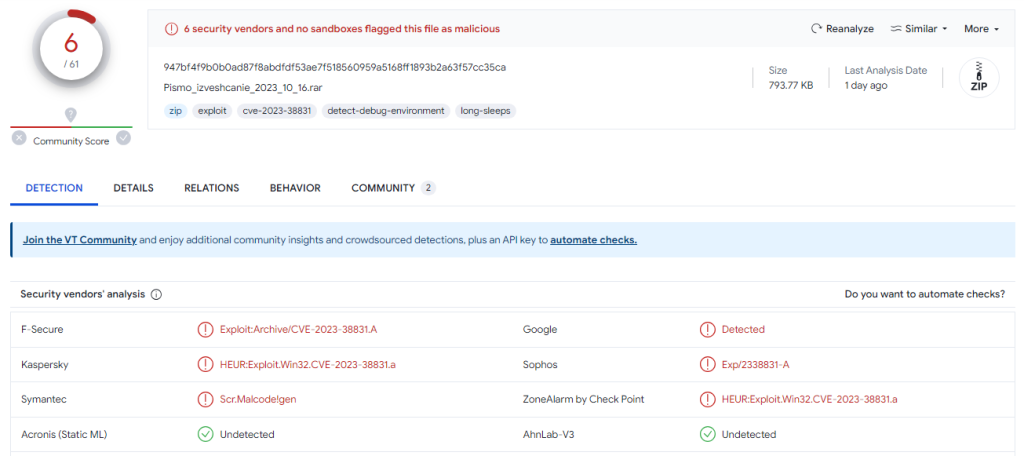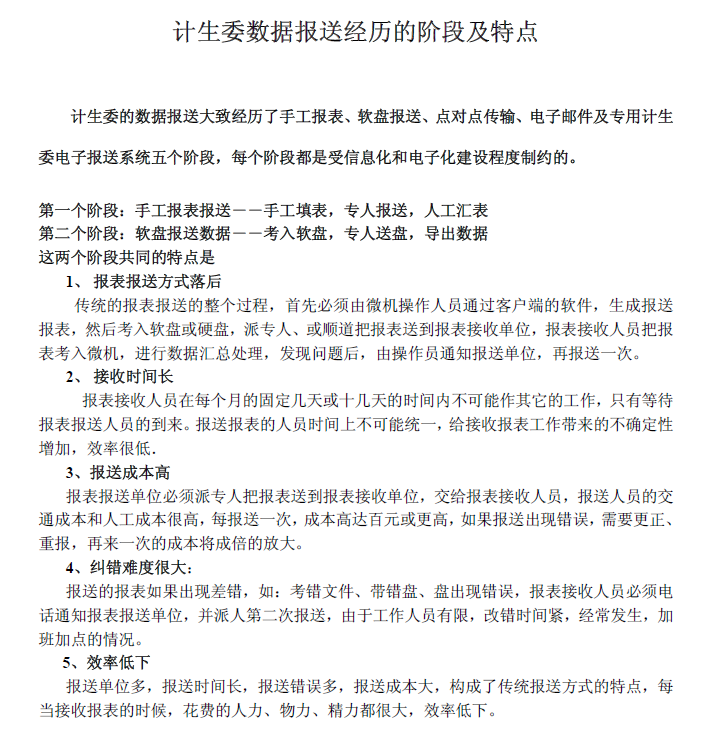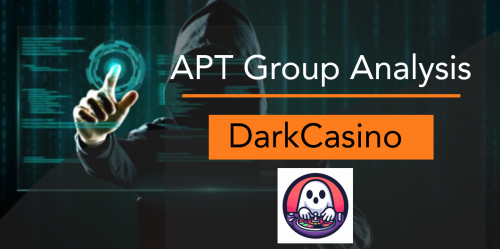
Overview
In 2022, NSFOCUS Research Labs revealed a large-scale APT attack campaign called DarkCasino and identified an active and dangerous aggressive threat actor. By continuously tracking and in-depth study of the attacker’s activities, NSFOCUS Research Labs has ruled out its link with known APT groups, confirmed its high-level persistent threat nature, and following the operational name, named this APT group DarkCasino.
In August 2023, security vendor Group-IB followed up and disclosed a DarkCasino activity against cryptocurrency forum users, and captured a WinRAR 0-day vulnerability CVE-2023-38831 used by the APT threat actor DarkCasino in this attack.
NSFOCUS Research Labs analyzed the APT group DarkCasino’s attack activities in WinRAR vulnerability exploitation and confirmed its techniques and tactics; At the same time, NSFOCUS Research Labs also found a large number of attacks by known APT organizations and unconfirmed attackers when tracking the exploitation of WinRAR vulnerabilities. Most of these attacks targeted national governments or multinational organizations.
This report will analyze the APT group DarkCasino and its detailed attacks launched recently, disclose the exploitation of WinRAR vulnerabilities by multiple known APT attackers and new threat actors, and predict the development trend of this threat.
About APT Group DarkCasino
DarkCasino is an economically motivated APT group that was first discovered by NSFOCUS Research Labs in 2021.
| Name | DarkCasino |
| Affiliation | Unknown |
| Motivation | Economic benefits |
| Target industries | Cryptocurrency trading platforms, online casinos and network banks worldwide |
| Target victims | Staff and users of online trading platforms |
| Main attack vectors | Watering hole phishing, spear phishing |
| Representative attack tools | Trojan DarkMe, Vulnerability CVE-2023-38831 |
Table 2.1 DarkCasino Information
The name of DarkCasino comes from a large-scale APT attack of the same name captured by NSFOCUS Research Labs in 2022. the APT group DarkCasino mainly targets various online trading platforms in Europe, Asia, the Middle East and other regions, covering industries such as cryptocurrencies, online casinos, network banks and online credit platforms. DarkCasino is good at obtaining assets deposited by victims in online accounts by stealing passwords from target hosts.
Attacks launched by the APT group DarkCasino are very frequent, demonstrating a strong desire to steal online property. In the early days, DarkCasino mainly operated in countries around the Mediterranean and other Asian countries using online financial services; more recently, with the change of phishing methods, its attacks have reached users of cryptocurrencies worldwide, even including non-English-speaking Asian countries such as South Korea and Vietnam.
DarkCasino is an APT threat actor with strong technical and learning ability, who is good at integrating various popular APT attack technologies into its attack process. In the early days, the APT group DarkCasino mainly drew on the attack idea of an APT attacker named Evilnum and used malicious shortcuts, image steganography and other technologies to realize phishing attacks. The overall process design was also similar to that of Evilnum, so NSFOCUS Research Labs once attributed this organization to Evilnum; after H2 2022, DarkCasino gradually abandoned the attack idea borrowed from Evilnum and developed a set of multi-level loading patterns based on several Visual Basic components, thus implementing many larger-scale network attacks.
In 2021, the APT group DarkCasino developed a Visual Basic-based Trojan Horse program called DarkMe and constantly refined the details of the attack process around it to improve its functions, countermeasures and delivery methods, thus enhancing the stability and efficiency of attacks. For a detailed analysis of this attack tool, please also refer to the published analysis report of NSFOCUS Research Labs.
At present, there is not enough evidence to prove the origin of DarkCasino.
About CVE-2023-38831
CVE-2023-38831 is an arbitrary execution vulnerability in WinRAR software that was first exploited by DarkCasino in April 2023 and fixed in a new version of WinRAR v6.23 in August 2023.
The implementation of CVE-2023-38831 is based on the file running mechanism of WinRAR software. By constructing a decoy file, a folder with the same name as the decoy file, and a malicious file with the same name with a space at the end of the folder, it spoofs the API function ShellExecuteExW called by WinRAR, so that it can mistakenly release the malicious file and execute when the decoy file should have been opened.
NSFOCUS Research Labs found that CVE-2023-38831 can be integrated into common email or watering hole phishing attacks, replacing malicious package attachments commonly found in phishing emails to make it more deceptive. It is difficult for untrained WinRAR users to identify and defend against such exploit attacks; Some CVE-2023-38831 vulnerability exploitation variants also have a certain anti-virus capability, which can bypass the endpoint protection software in the target device to achieve attack effects.
Due to the large installed capacity, blocked update channels and difficult maintenance of WinRAR software, CVE-2023-38831 has a great impact and attack power. It is expected that this vulnerability will become an important weapon for attackers to break through target defense for a period of time.
Recent Activities of DarkCasino
Overview
NSFOCUS Research Labs observed that DarkCasino has been active for more than a year since they first launched large-scale cyberattacks using the Trojan DarkMe in 2022. Attacks against online trading platforms launched by DarkCasino can be spotted in each quarter.
In April 2023, DarkCasino developed a new attack pattern and launched a new round of attacks against online trading forums.
DarkCasino exploited a WinRAR zero-day vulnerability (later identified by security researchers and assigned number CVE-2023-38831) in this new attack pattern, placing malicious programs into specially crafted vulnerability zip files for phishing attacks against forum users through online trading forum posts.
In general, DarkCasino constructed various post contents such as money-making tips and investment suggestions, and lured forum users into opening malicious files attached or pointed to the posts.
DarkCasino put a large number of vulnerability files in various trading forums. As of October, some posts with malicious links or files remained uncleaned, as shown below.
Attack Process Analysis
NSFOCUS Research Labs found that DarkCasino implemented two attack processes by compressing files through these vulnerabilities. The main logic of these two attack processes is relatively similar, and the main difference lies in the storage form of the Trojan data.
This report takes the attack flow using encrypted .txt files as an example to introduce the process design ideas and changes of DarkCasino in this round of operations.
The main composition of this attack process is shown in the following figure, which consists of the CVE-2023-38831 vulnerability exploitation file, Cabinet archive file, registry file and ActiveX control file. It is divided into three stages: vulnerability exploitation, load release and Trojan execution.
In another attack flow, DarkCasino replaces the medium storing encrypted Trojan data with a steganographic image.
Vulnerability Exploitation Stage
When the victim opens a file named “Trading_strategy_2023.rar”, the following file structure will be displayed in WinRAR:
This is a typical build pattern for CVE-2023-38831 vulnerabilities. When the user tries to double-click to open the pdf file in the zip package, it actually executes a batch file named “Trading_Strategies_2023.pdf .cmd” under the same name folder.
This batch will open the original decoy pdf file as well as a malicious file named Images.com.
The contents of the original decoy pdf file in this example process are shown below.
Load Release Stage
The Images.com file, which was exploited to execute batch files within the file, is a loader-type Trojan designed by DarkCasino. The program is actually a cabinet archive file disguised as a .com file, including sw.exe, na.ocx, nb.ocx, ph.txt and add.txt five components.
After the loader Trojan releases the above five components to the TEMP directory, it will run the sw.exe program to start the subsequent loading execution process.
Sw.exe itself does not contain malicious functions and is mainly used to load na.ocx and nb.ocx library files.
na.ocx will read and decrypt the ph.txt file, save the decrypted content in %APPDATA%\RarDir\ClassFile.ocx, and also transfer add.txt to this directory.
The nb.ocx file mainly runs the following cmd commands:
cmd /c cd APPDATA\RarDir&&cmd /c timeout 1&&cmd /c reg.exe import add.txt
cmd /c cd APPDATA\RarDir&&cmd /c timeout 1&&cmd /c rundll32.exe /sta {EA6FC2FF-7AE6-4534-9495-F688FEC7858C} Mouse_Keyboard
These cmd commands register a com component by writing to the host registry and then running it.
The registered com component is the above decrypted and saved ClassFile.ocx file.
Trojan Execution Stage
The com component ClassFile.ocx running in the above process is the final payload Trojan of this attack flow.
The Trojan horse used by DarkCasino in this round of operations is DarkMe, which is commonly used by the group.
The Trojan DarkMe appeared in this round of attacks is basically the same as that previously used by DarkCasino in terms of functions. The main difference is that DarkCasino has added more obfuscation codes to the new Trojan, expanding the whole program file to over 20MB. This strategy can effectively reduce the risk of being detected.
DarkMe is a Visual Basic spy Trojan. Its initial version appeared on September 25, 2021. Currently, it supports host information collection, screenshot, file manipulation, registry manipulation, cmd command execution, self-update, persistence and other functions.
For a detailed analysis of the Trojan DarkMe, refer to NSFOCUS Research Labs’ published report on Operation DarkCasino.
CVE-2023-38831 Exploitation in the Wild
When NSFOCUS Research Labs analyzed the impact surface of vulnerability CVE-2023-38831, it found that since this vulnerability was revealed in August 2023, multiple APT organizations and unconfirmed attackers have used this vulnerability for phishing attacks, most of which target important government agencies in various countries.
NSFOCUS Research Labs also captured a large number of exploitation files produced and disseminated by phishing email hackers worldwide, indicating that the vulnerability has been exploited on a large scale.
Attacks by known APT groups
It has been observed that APT group DarkPink in Southeast Asia, APT group Konni in East Asia and APT group GhostWriter in Eastern Europe use CVE-2023-38831 vulnerabilities to carry out cyberattack activities.
DarkPink-linked attacks on the governments of Vietnam and Malaysia
The APT group DarkPink has used the vulnerability CVE-2023-38831 to attack government targets in Vietnam and Malaysia.
DarkPink attackers used this vulnerability in this round of attacks to upgrade their existing attack processes and make multiple improvements to attack techniques and tactics, significantly improving the success rate of attacks.
Known targets of the DarkPink attack include Vietnam’s Ministry of Foreign Affairs, Ministry of Finance, Vietnam’s State Securities Regulatory Commission and Malaysia’s government sectors like Ministry of Defense and Strategic Planning.
DarkPink still uses its main Trojan programs, TelePowerDropper and TelePowerBot, to steal information during this round of attacks.
A detailed analysis of the DarkPink campaign can be found in reports published by NSFOCUS Research Labs.
Konni-linked attacks on cryptocurrency industry in South Korea
Konni, an APT group from North Korea, also quickly used the vulnerability CVE-2023-38831 to launch attacks on South Korea’s cryptocurrency industry after it was made public. Relevant attacks were first disclosed by Knownsec.
Interestingly, the attack process built by Konni using this vulnerability is somewhat similar to that originally used by DarkCasino. It consists of components such as batch files, Trojan horse programs disguised as images, and binaries storing encrypted information.
The decoy used by Konni in this attack is a web file named “Screenshot_2023_09_06_Qbao_Network.html”, which contains the cryptographic mnemonic of a cryptocurrency wallet application.
The final payload delivered by Konni in this attack is its representative Trojan KonniRAT, which can take long-term control of the victim host and obtain important contents.
GhostWriter-linked attacks on defense and educational institutions in Ukraine
Also at the end of August when the vulnerability was revealed, GhostWriter (UAC-0057, UNC1151), an APT group suspected of coming from Belarus, also began to exploit this vulnerability to launch attacks against Ukraine.
The vulnerability exploitation file constructed by GhostWriter is named ” Збірник_тез_НУОУ_23″ (National Defense University of Ukraine Digest 23), and its structure is shown in the following figure, consisting of decoy pdf file, cmd batch file and lnk shortcut file:
After the vulnerability is triggered, the actually executed cmd batch file will run an lnk shortcut to release the decoy .pdf file and GhostWriter’s iconic Trojan PicassoLoader.
The PicassoLoader is a variant Trojan written with JavaScript. Its main function is to download and decrypt a piece of data, obtain and load the Trojan CobaltStrike Beacon, and control the victim’s host.
Unconfirmed Threat Actors
NSFOCUS Research Labs also captured many field exploit files that could not be attributed to known APT attackers. Since most of these exploit files are aimed at targets such as government agencies and multinational organizations, NSFOCUS Research Labs has marked these attackers and assigned temporary names for tracking.
Actor230830: Attack targeting the European Parliament
The attacker marked as Actor230830 organized attacks on relevant personnel of the European Parliament immediately after the vulnerability became public.
The attack flow built by Actor230830 is relatively simple. After the vulnerability is triggered, a cmd batch file will be executed, which will access the following two addresses through an edge browser:
http://89.96.196[.]150:8080/
https://www.europarl.europa[.]eu/pdfs/news/expert/agenda_week_by_day/35-2023/35-2023_en.pdf
The link to the .pdf file is used to display a decoy that is used to confuse victims, while the link to the IP address is used to help attackers carry out attacks
The researchers were unable to confirm the attacker’s actual attack pattern because service on port 8080 of the above-mentioned remote server had been withdrawn when this attack was discovered.
In the existing sandbox records, access to this IP port triggered the NTLM authentication mechanism of Windows. Therefore, it can be speculated that the attacker may use the vulnerability of NTLM protocol to try to steal the password of the victim’s host domain.
Known victims of this attack are located in Portugal and the United Kingdom.
Actor231003: Attack targeting Serbia
Another unknown attacker, Actor231003, exploited the vulnerability CVE-2023-38831 in early October to launch a cyberattack targeting Serbia.
The decoy built by the attacker in this activity is called “NATONSPAFinalInviteList.zip”, and its construction uses the common pattern of .pdf decoys matching cmd batch files, as shown below.
The contents of NATO Public Diplomacy Programmes are documented in the decoy file called “NATONSPAFinalInviteList.pdf” as shown below.
The vulnerability file was uploaded to Serbia, so it can be inferred that the attackers were targeting pro-NATO forces in non-NATO countries.
After the vulnerability is triggered, subsequent Trojan programs will be downloaded from the specified location https://allnato[.]net/news/uploads/chrmap.exe to realize attacks.
The Trojan released by Actor231003 in this event is the well-known remote-controlled Trojan Remcos. It can achieve full control of the victim’s host.
Actor231004: Attack targeting government departments of New Zealand
NSFOCUS Research Labs also uncovered another suspected cyber-attack against governmental sectors of New Zealand. The attacker we labeled as Actor231004 used a report from the Ministry of Foreign Affairs and Trade of New Zealand as bait and exploited vulnerabilities in CVE-2023-38831 to release a well-known commercial spyware Bumblebee.
Bumblebee is a loader-type Trojan. With that, an attacker can deliver subsequent attack components to steal secrets or take over the operations of remote hosts.
There are many known attacker organizations related to the Trojan Bumblebee, including GOLD CABIN, TA578 and TA579.
Actor231010: Attack targeting Russia and Belarus
Another attacker Actor231010 (aka SkeletonWolf) by NSFOCUS Research Labs used this vulnerability to launch phishing attacks against Russia and Belarus.
The vulnerability file constructed by this attacker also consists of a decoy .pdf file and a batch file used for the attack. The decoy name is Pismo_ishodjashhee_61301-1_8724_ot_27_09_2023_Rassylka_Ministerstva_promyshlennosti.pdf (Ministry of Industry mail 61301-1 8724 dated September 27, 2023). The document is a letter from the Federal Ministry of Industry and Trade of Russia, so it can be presumed that Actor231010’s target in this attack is the people who had dealings with the Ministry of Industry of the Government of Russia.
Another decoy document, disguised as a Belarus State Military Committee document, requires that property received by military units from the Ministry of Defense be reported in accordance with the form attached to the document. The decoy was suspected of targeting military units in Belarus.
The batch file portion of these vulnerability files contains an obfuscated powershell directive to download a malicious file from a specified remote location, which is an open source remote control Trojan called AthenaAgent that uses the discord channel as the CnC server.
It is worth noting that the detection rate of exploit files built by Actor231010 was very low, and only 6 samples were detected in VirusTotal.
Actor231009: Attack targeting China
In addition, NSFOCUS Research Labs monitored a suspected correlated cyber-attack against China. An attacker labeled Actor231009 crafts a WinRAR exploit file that also contains the combination of .pdf and .cmd batch files.
The decoy file named “Doc57585894.pdf” opened and displayed a report related to the “Electronic Submission System of the Family Planning Commission”, indicating that the target of the attack may be the government or enterprises in China.
After a malicious batch file is triggered, the subsequent load Trojan will be downloaded from the designated remote location https://dnalnoomnus.ru/bx0/356x.exe. NSFOCUS Research Labs captured multiple different loads at this download address and found that the attacker mainly dropped the commercial Trojan Smokeloader. Attackers can use subsequent components of the Smokeloader program for operations like stealing files and records of information.
The operation of Actor231009 in this campaign indicates that the attacker may be in the exploring stage. NSFOCUS Research Labs will closely monitor potential follow-up activities of this attacker.
Conclusion
The WinRAR vulnerability CVE-2023-38831 brought by the APT group DarkCasino brings uncertainties to the APT attack situation in the second half of 2023. Many APT groups have taken advantage of the window period of this vulnerability to attack critical targets such as governments, hoping to bypass the protection system of the targets and achieve their purposes.
NSFOCUS Research Labs has also captured batch-generated vulnerability exploitation files decoyed by transaction bills. This phenomenon indicates that large phishing attack controllers have also incorporated this vulnerability into their phishing attack processes, which heralds more victims of WinRAR vulnerability exploitation in the future.
IoC
| Hash | APT Group |
| dd9146bf793ac34de3825bdabcd9f0f3 | DarkPink |
| 5504799eb0e7c186afcb07f7f50775b2 | DarkPink |
| c5331b30587dcaf94bfde94040d4fc89 | DarkPink |
| ac28e93dbf337e8d1cc14a3e7352f061 | DarkPink |
| fefe7fb2072d755b0bfdf74aa7c9013e | DarkPink |
| 428a12518cea41ef7c57398c69458c52 | Konni |
| 7bb106966f6f8733bb4cc5bf2ab2bab4 | GhostWriter |
| 2b02523231105ff17ea07b0a7768f3fd | Actor230830 |
| 63085b0b7cc5bb00859aba105cbb40b1 | Actor231003 |
| 7195be63a58eaad9fc87760c40e8d59d | Actor231004 |
| 129ccb333ff92269a8f3f0e95a0338ba | Actor231010 |
| cd1f48df9712b984c6eee3056866209a | Actor231010 |
| b05960a5e1c1a239b785f0a42178e1df | Actor231010 |
| 6b5d5e73926696a6671c73437cedd23c | Actor231009 |


